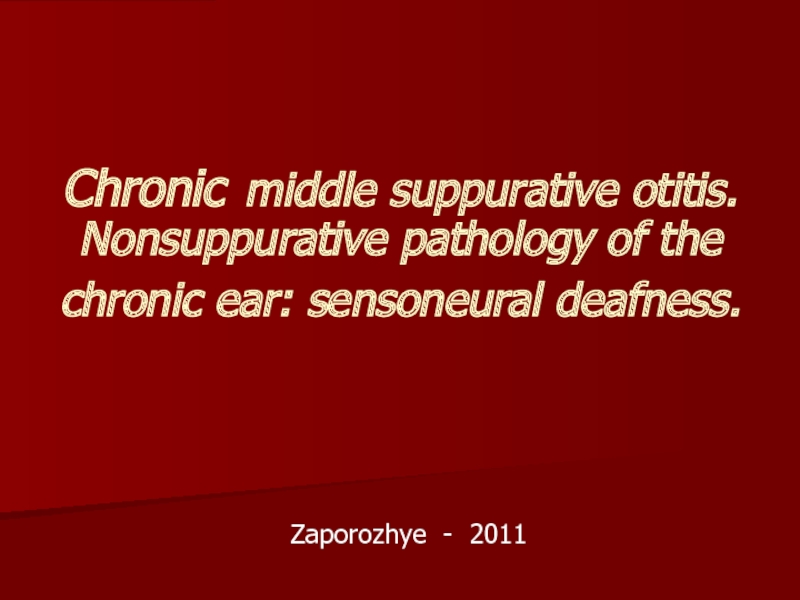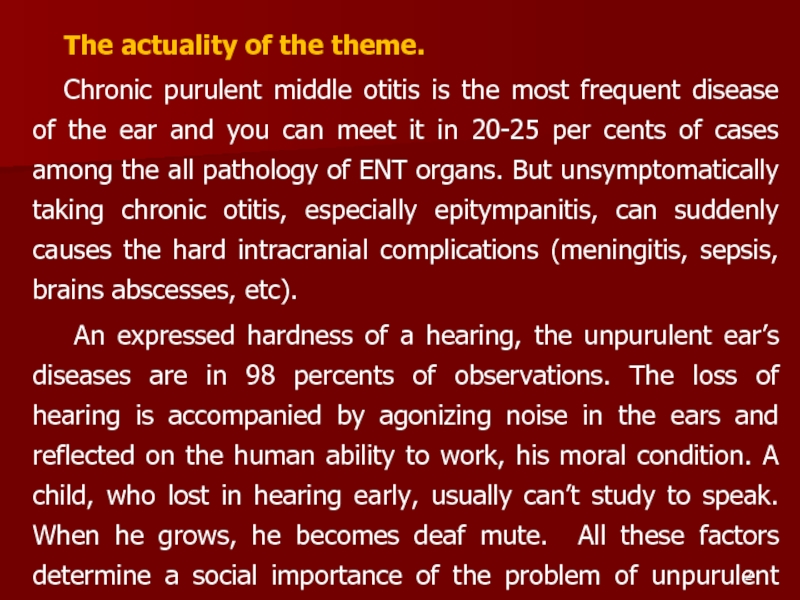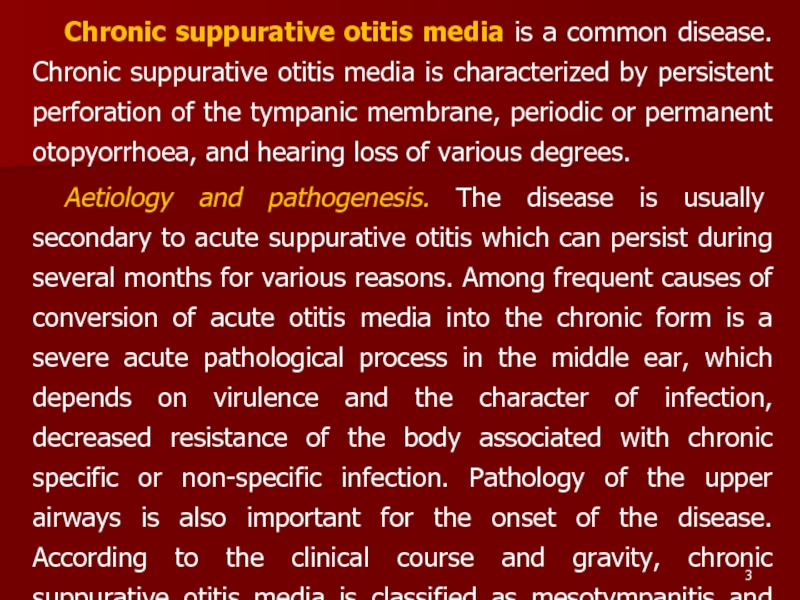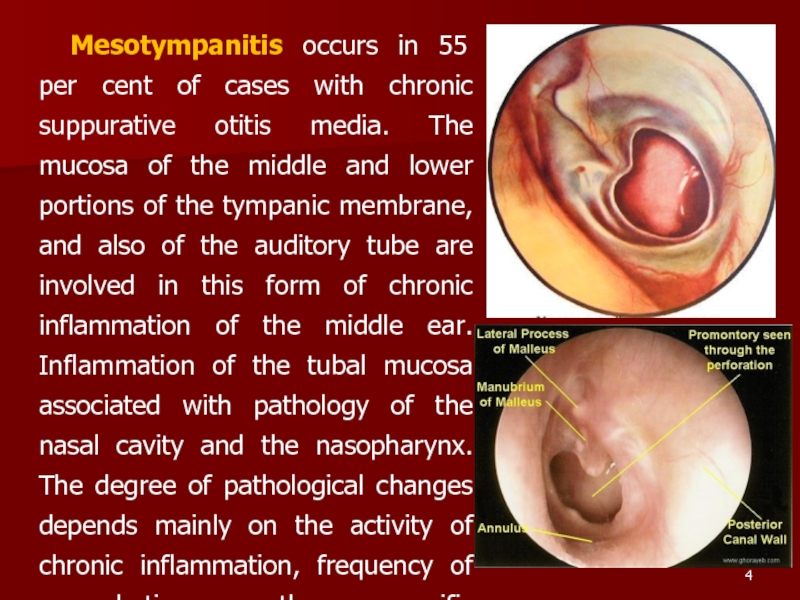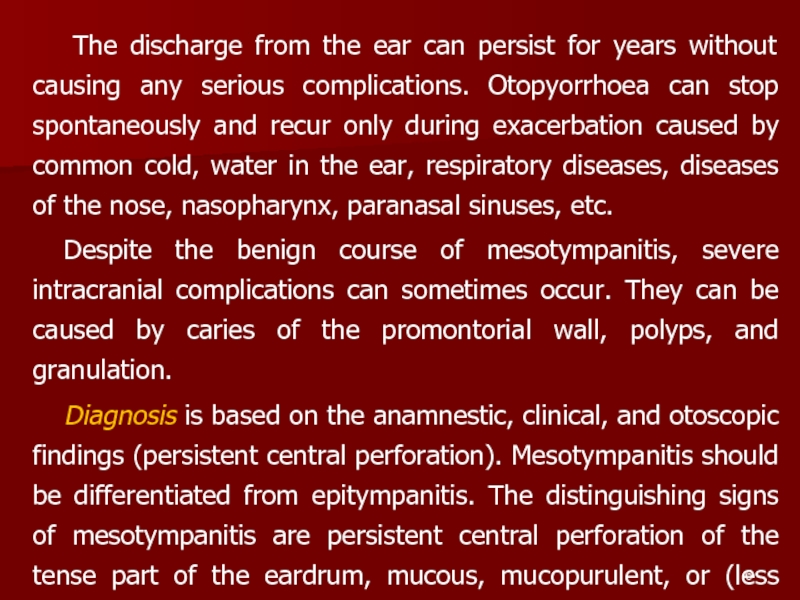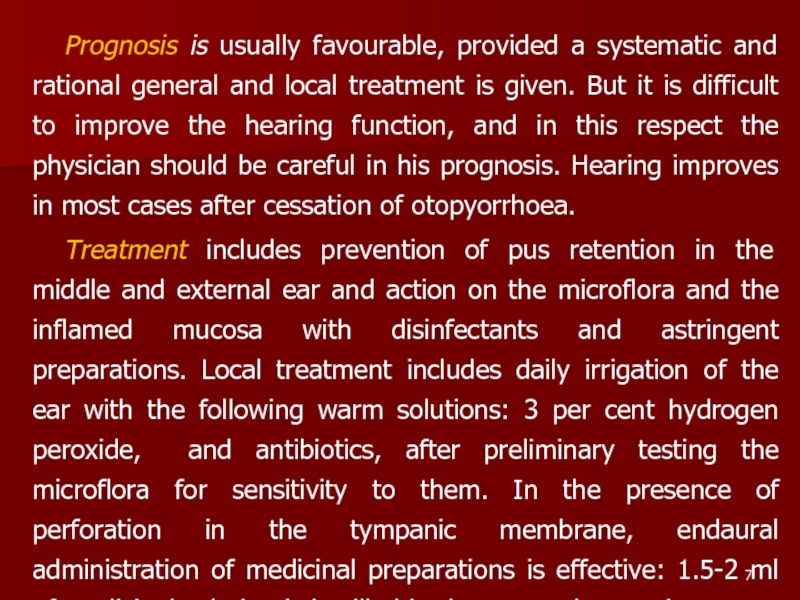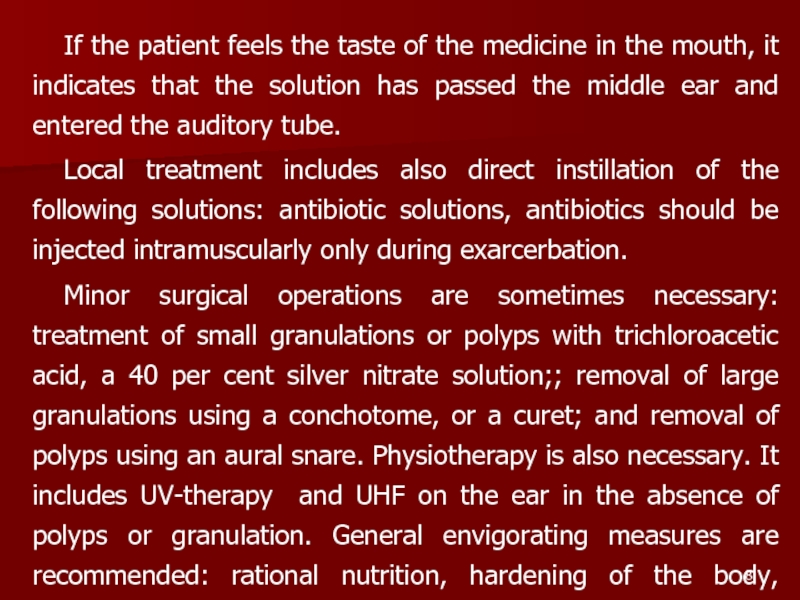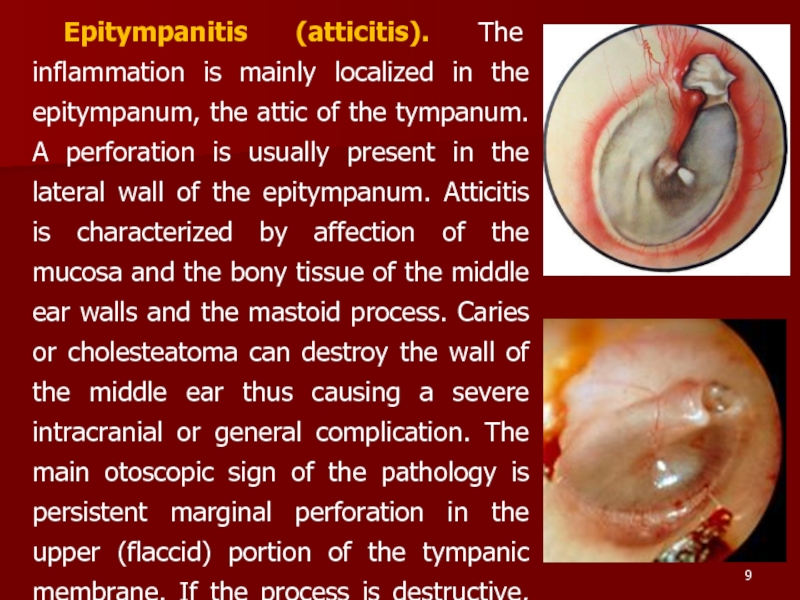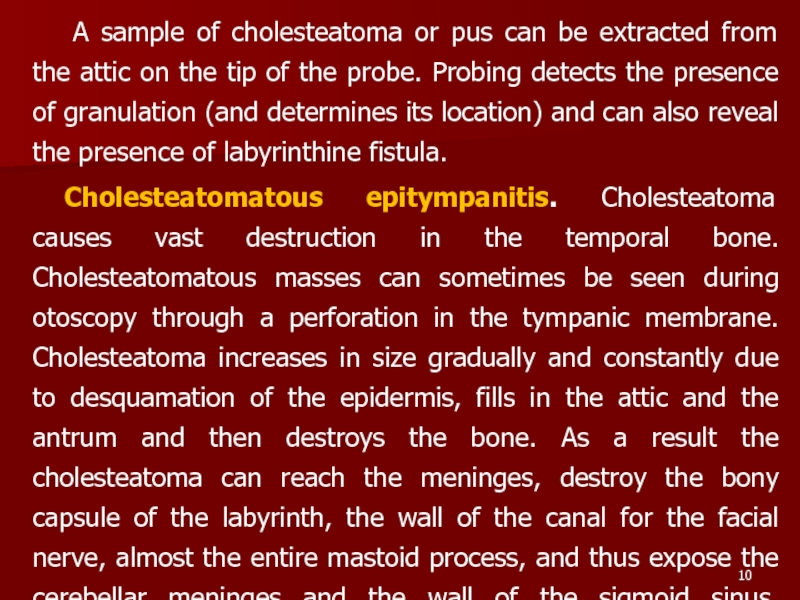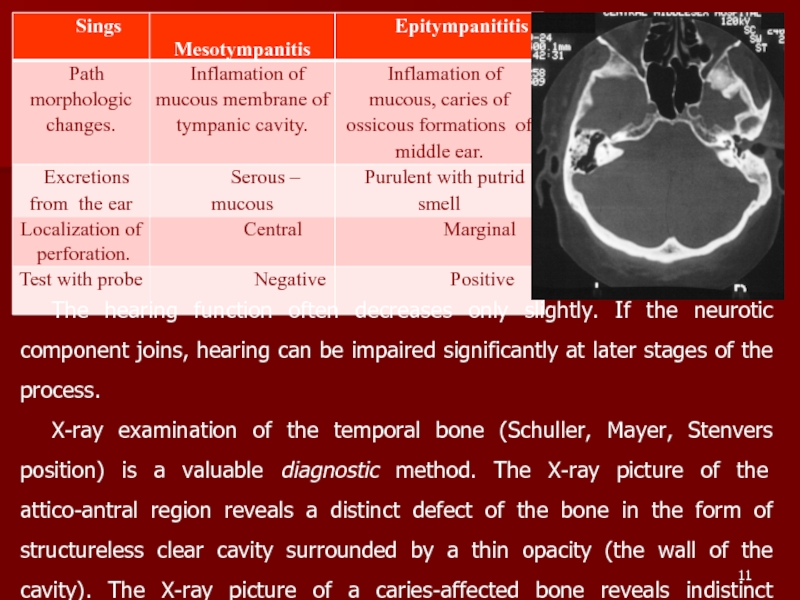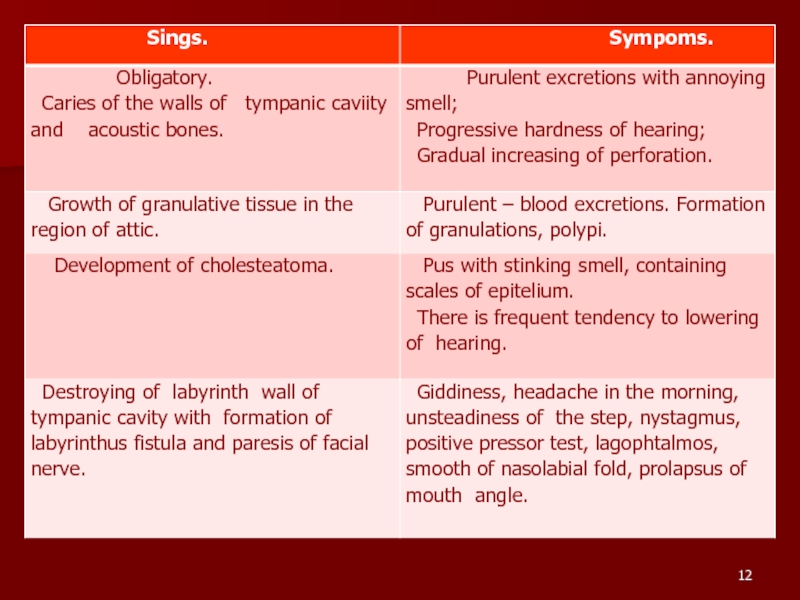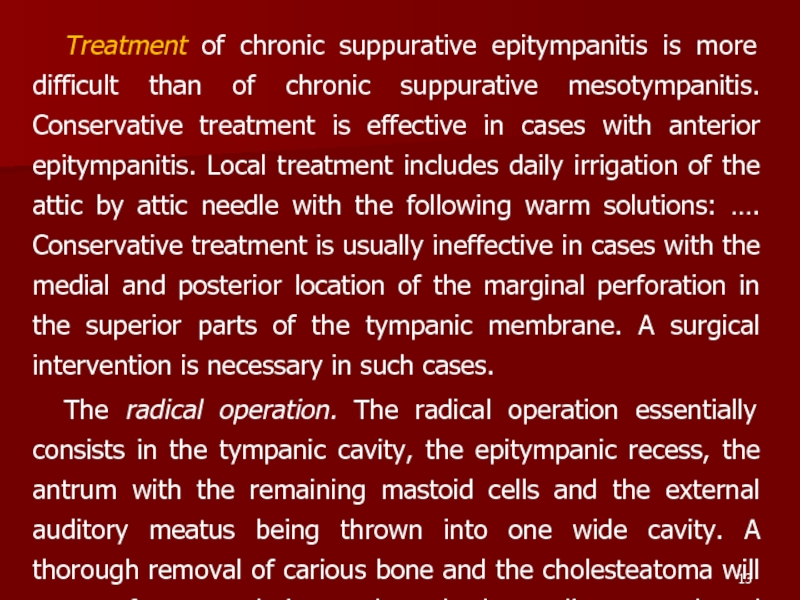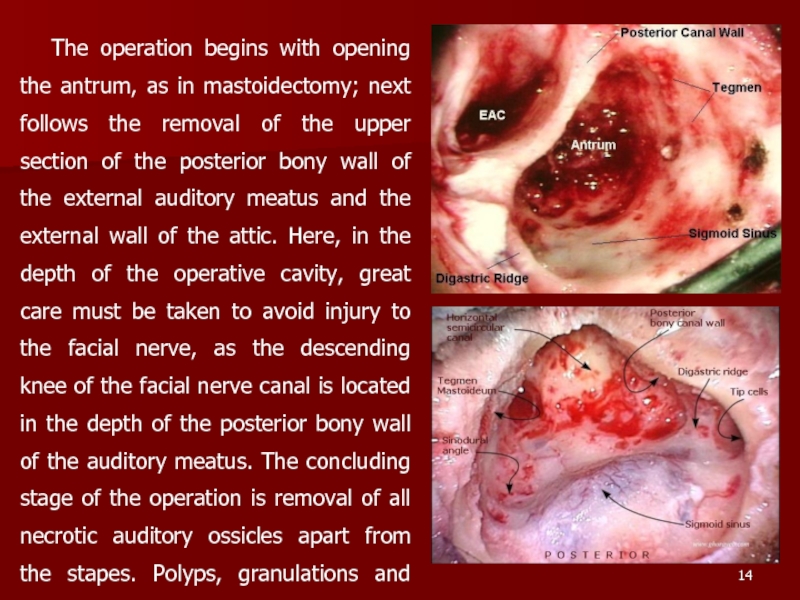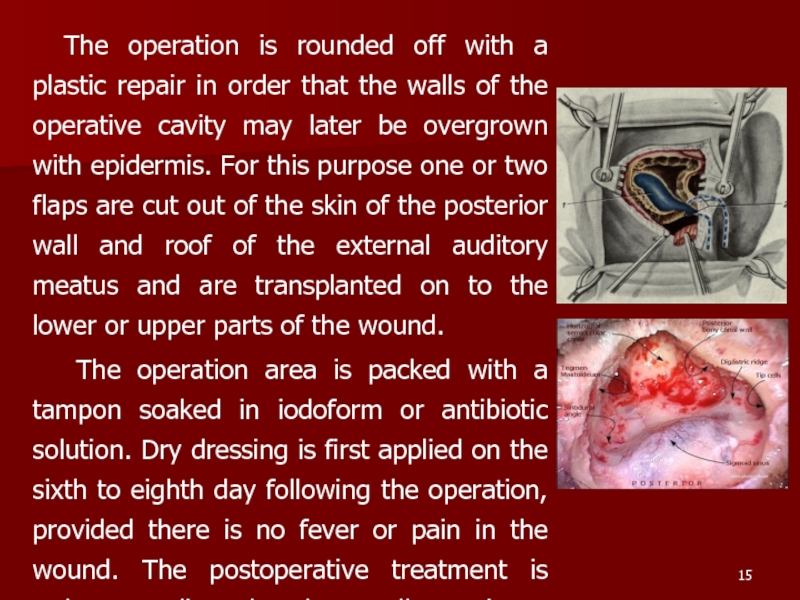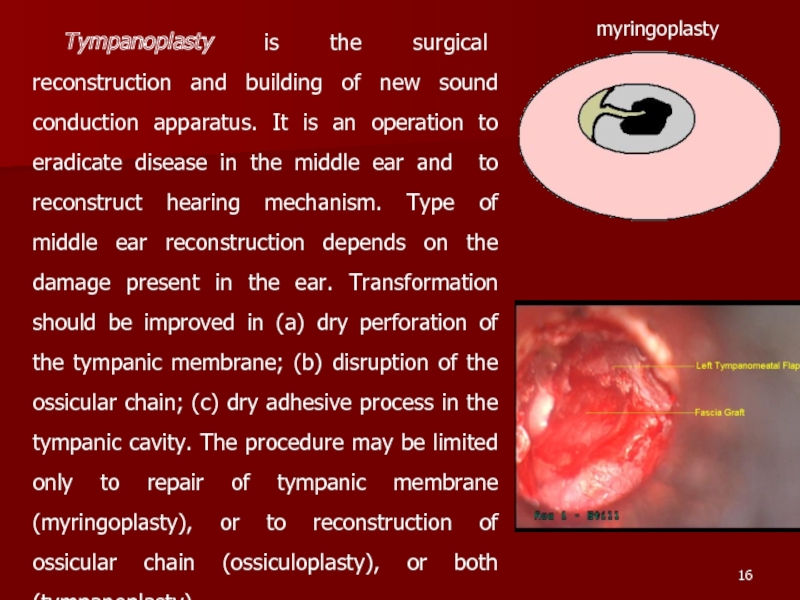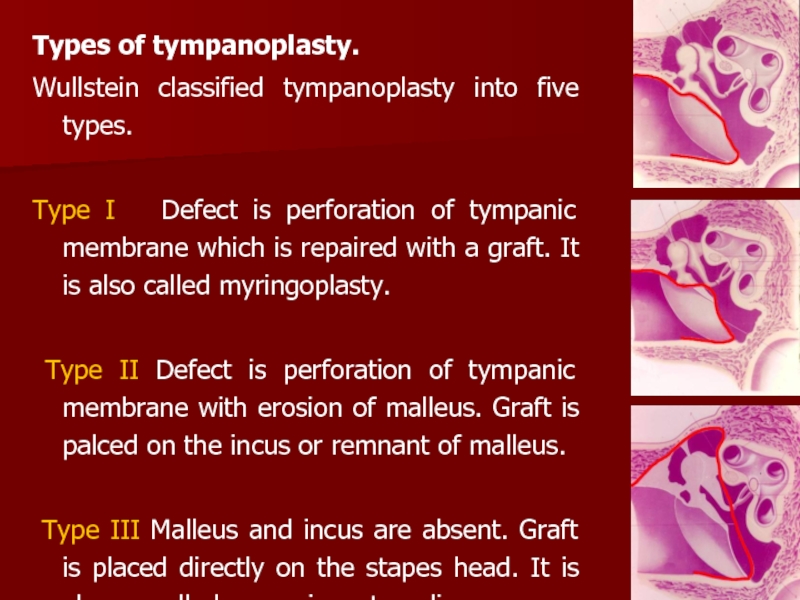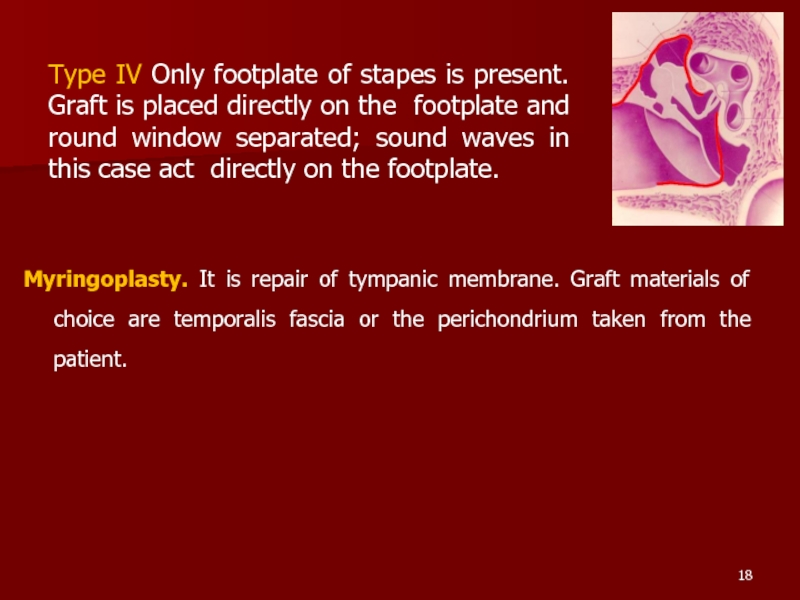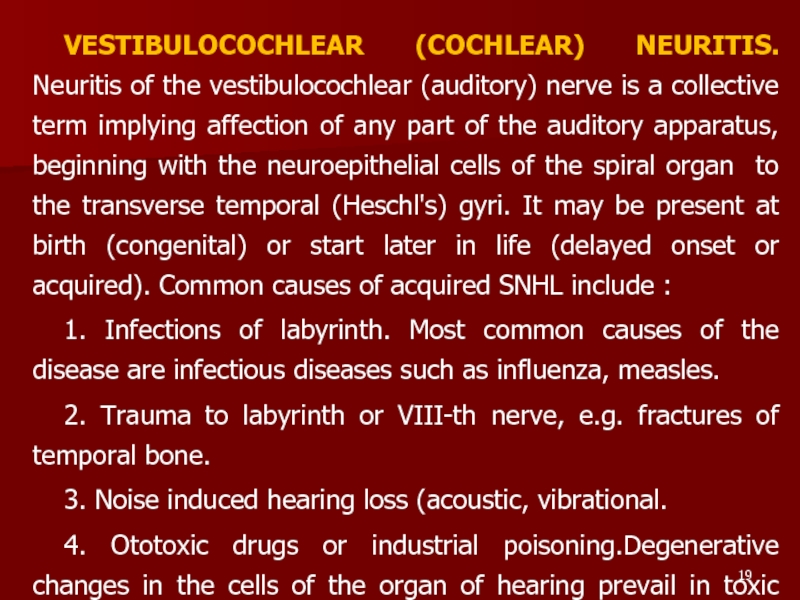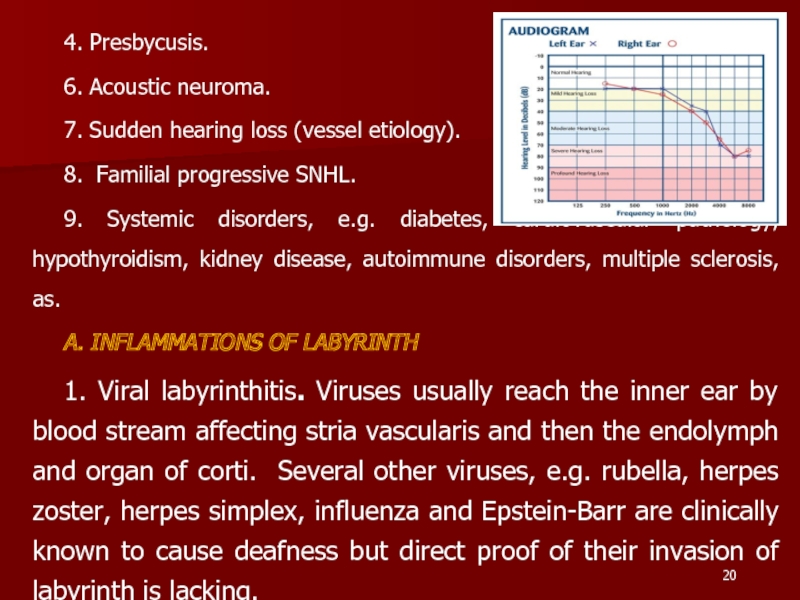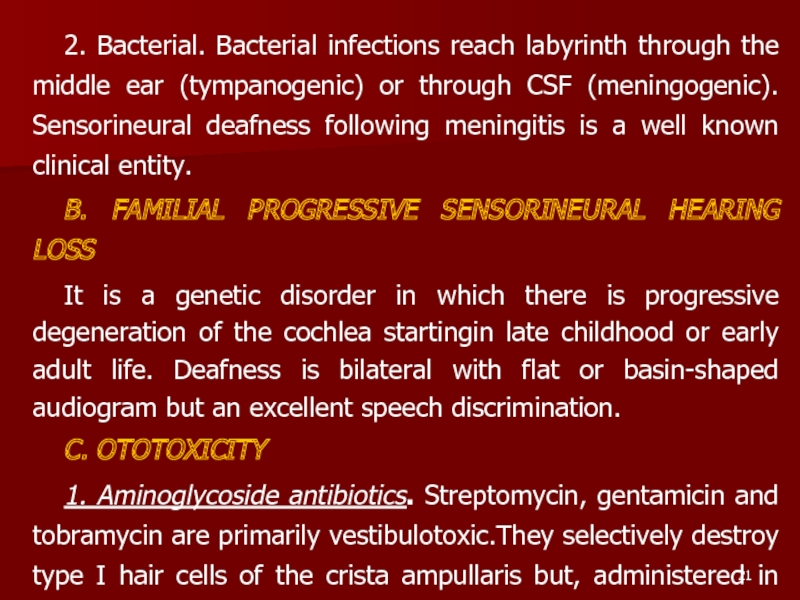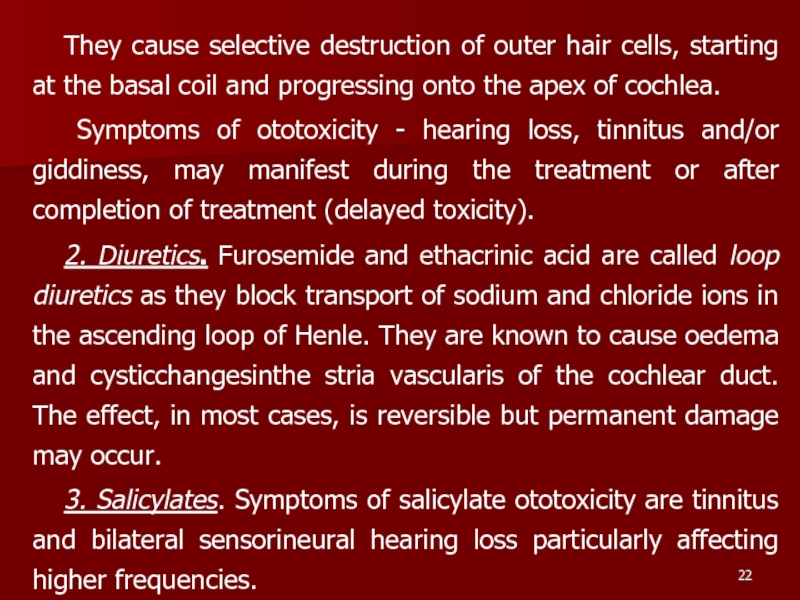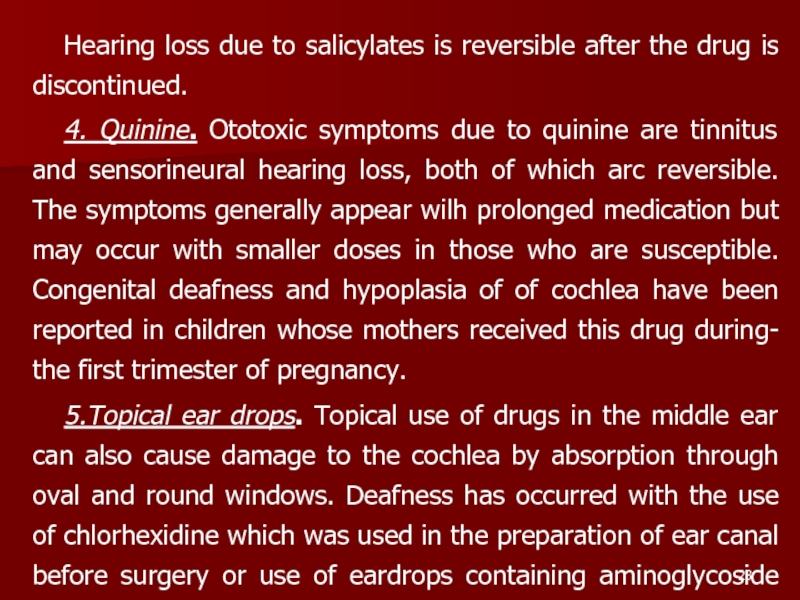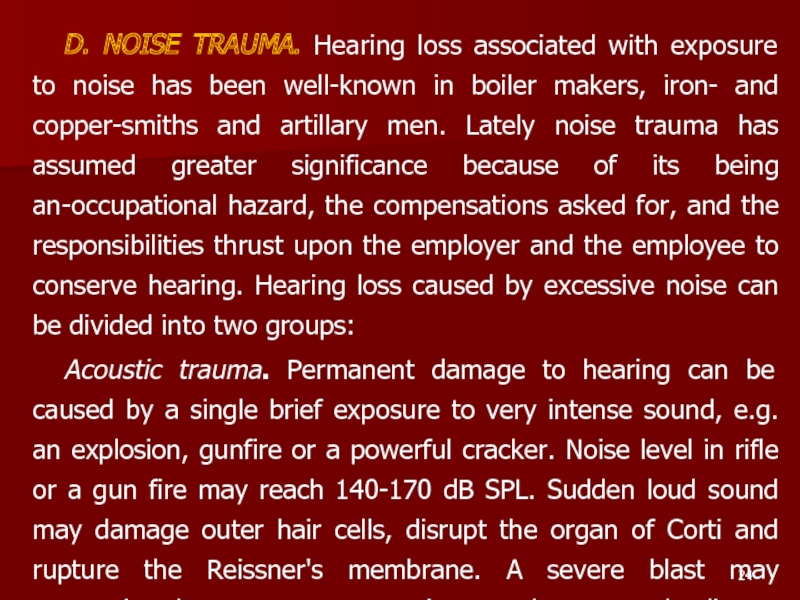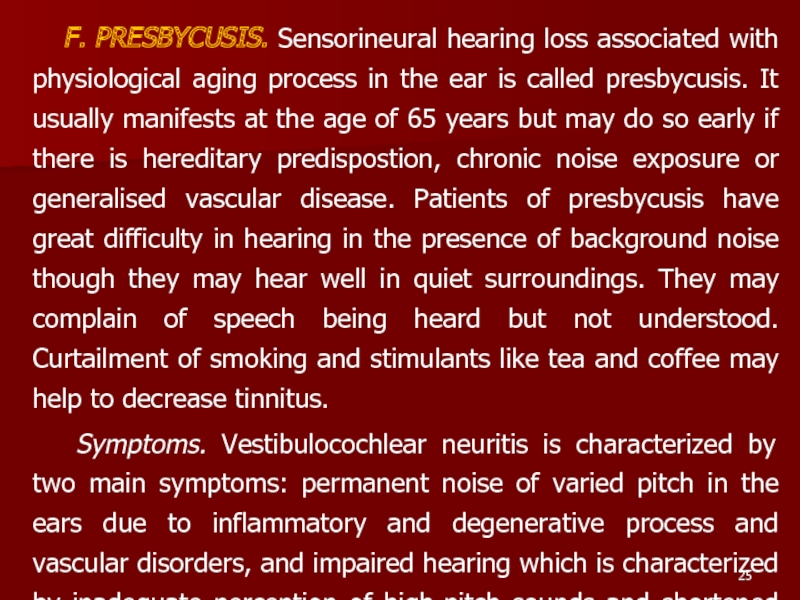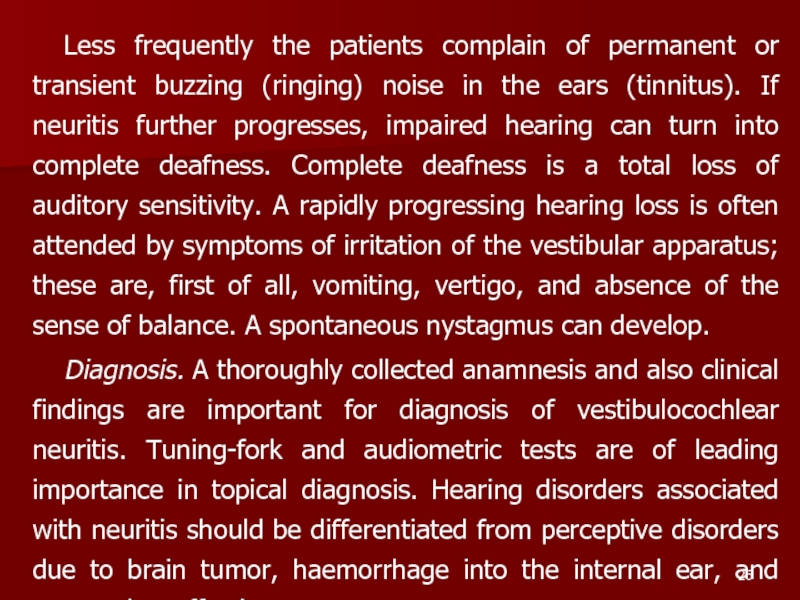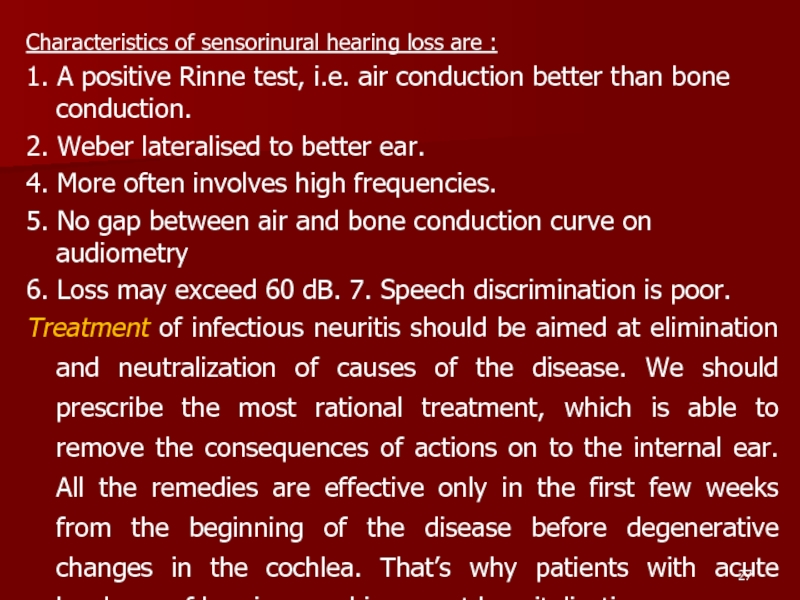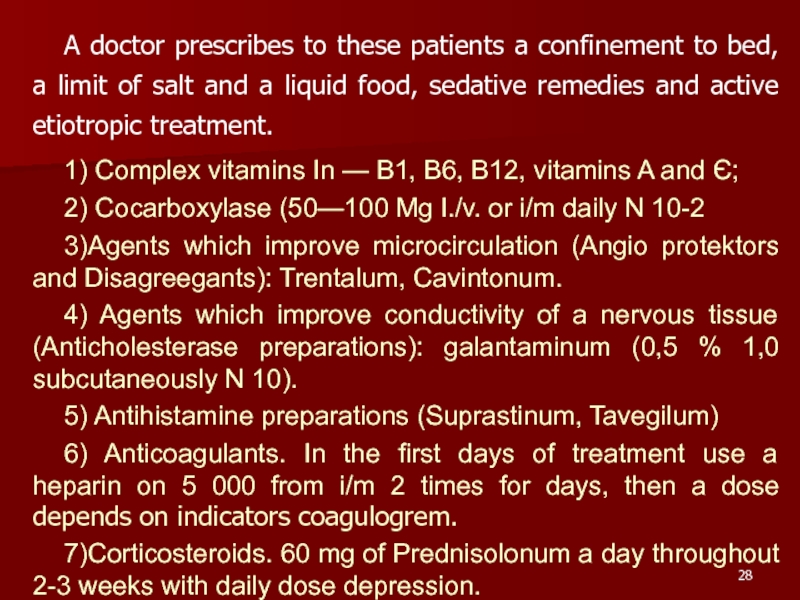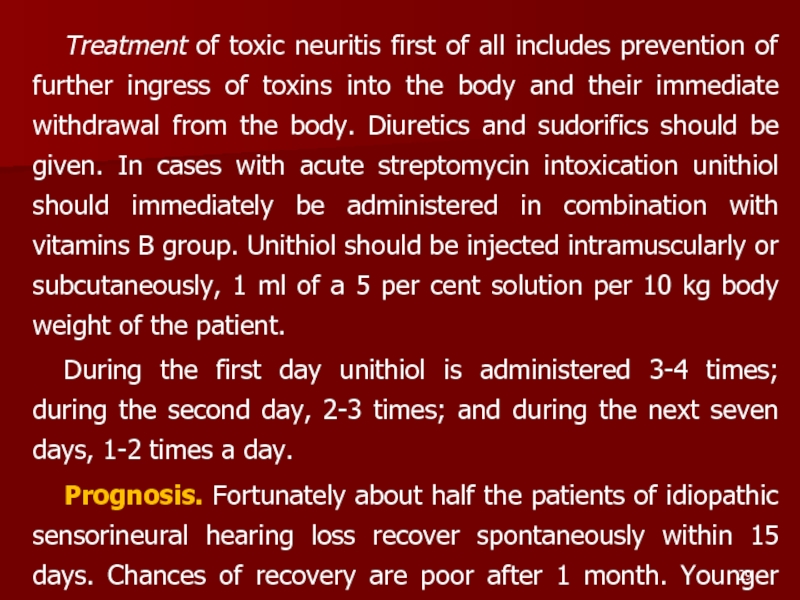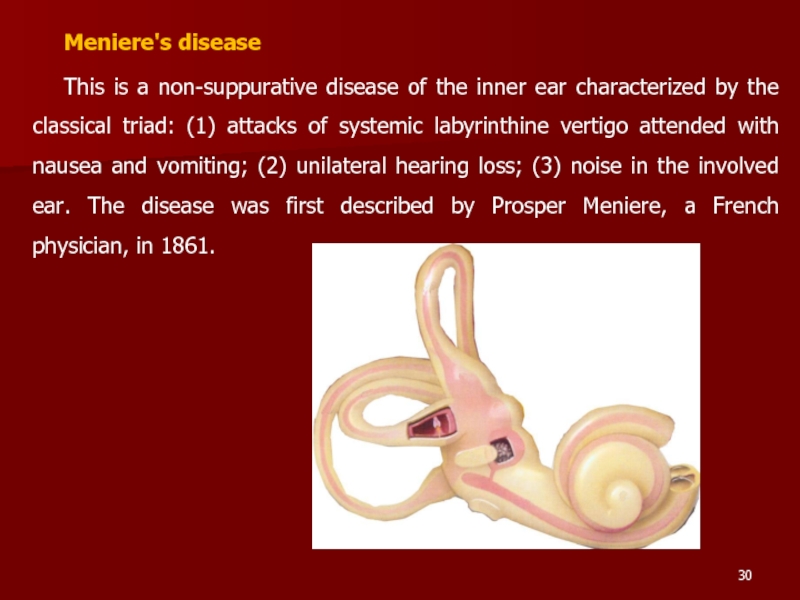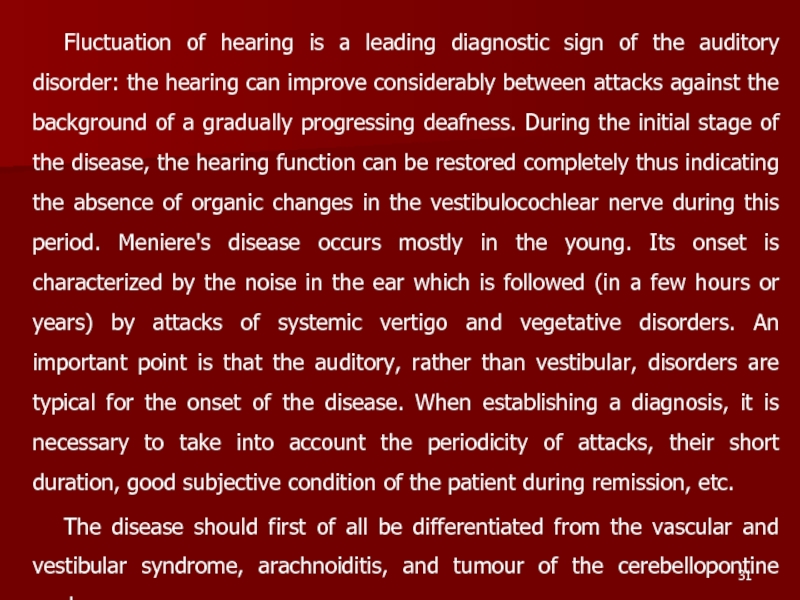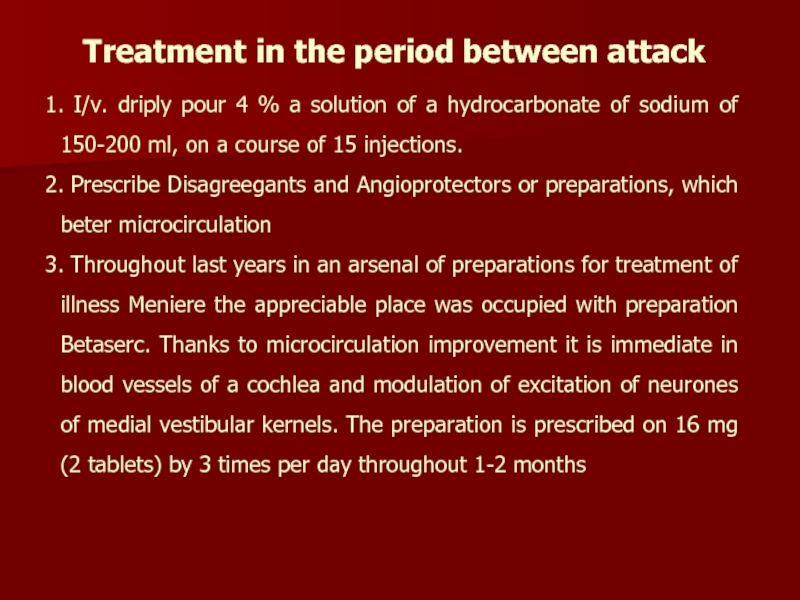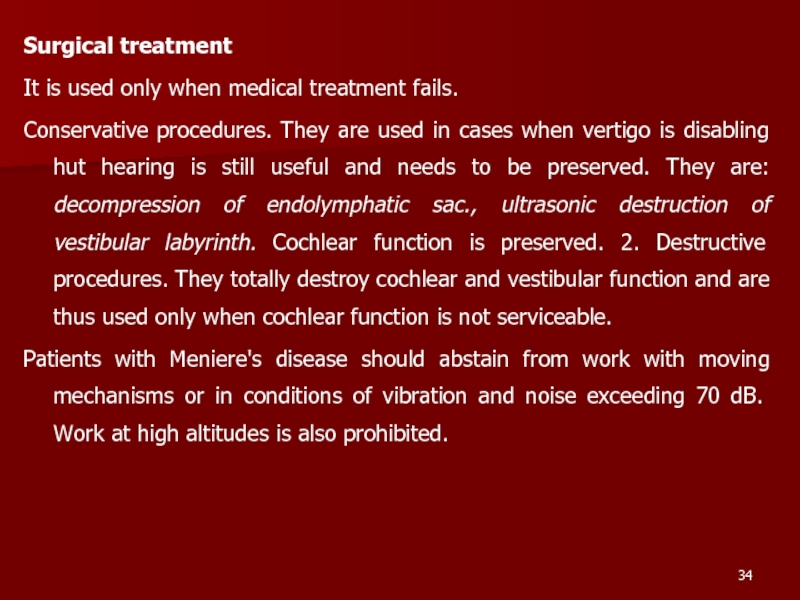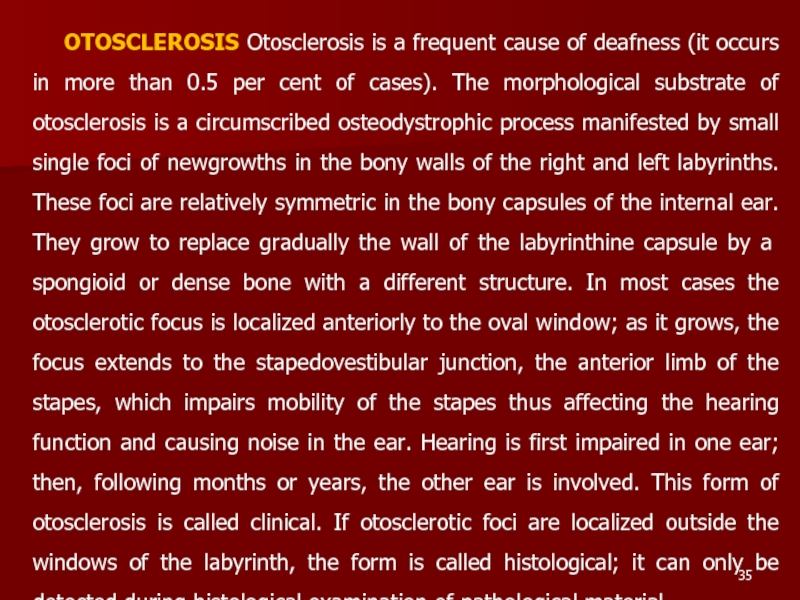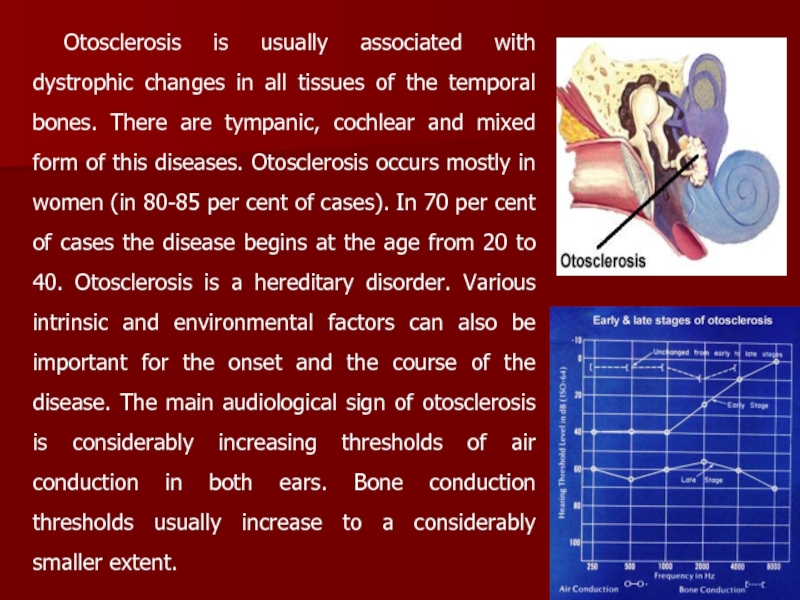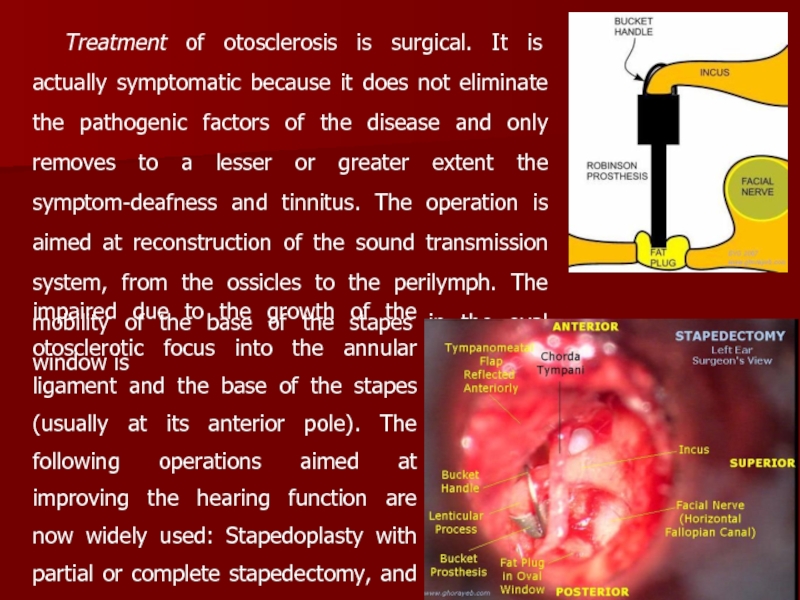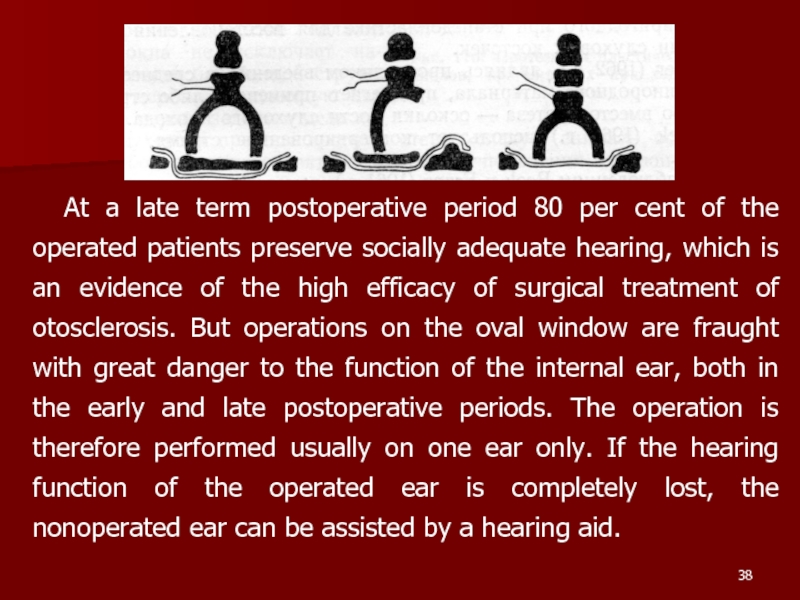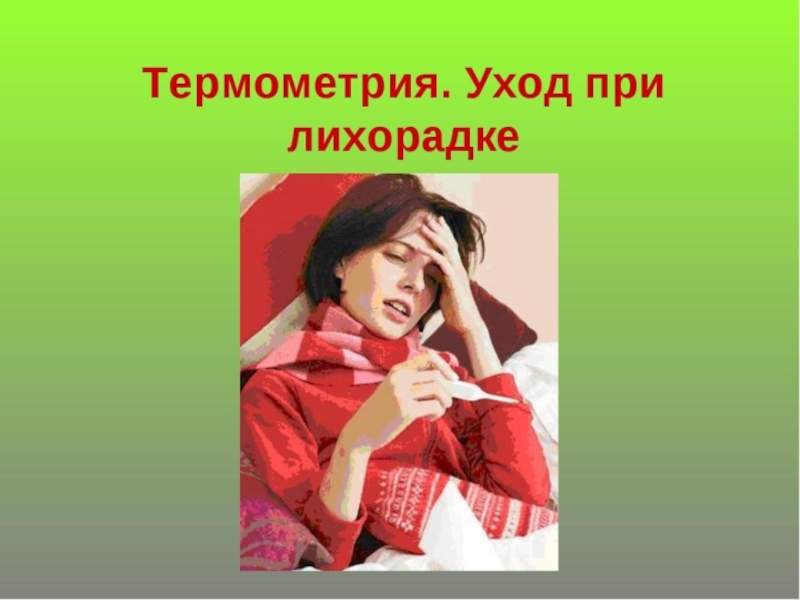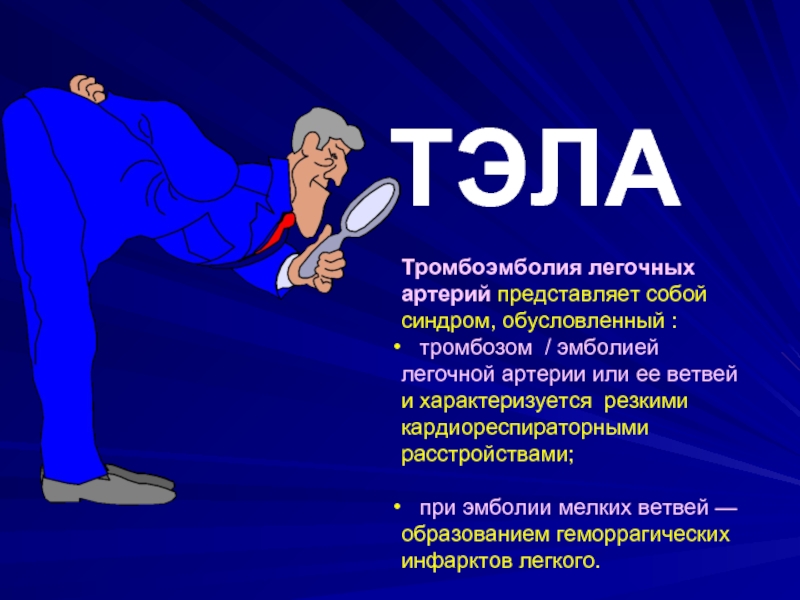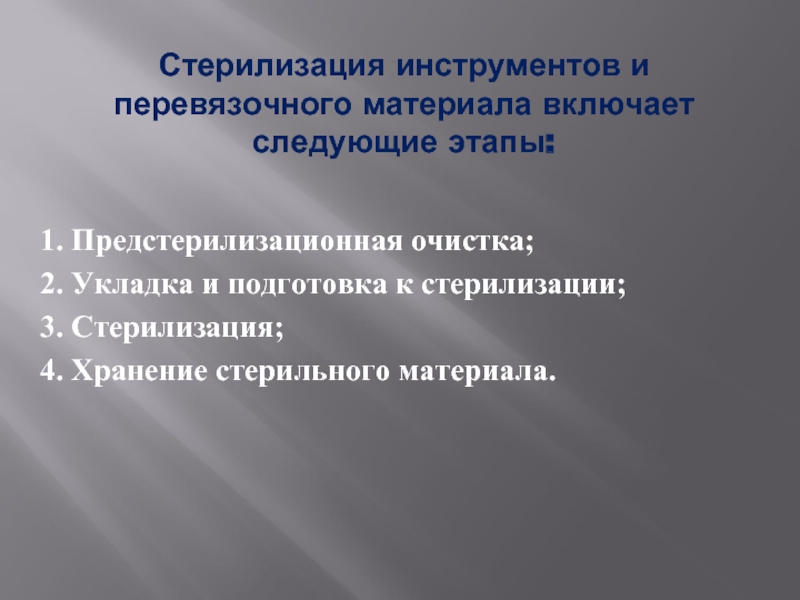Zaporozhye - 2011
- Главная
- Разное
- Дизайн
- Бизнес и предпринимательство
- Аналитика
- Образование
- Развлечения
- Красота и здоровье
- Финансы
- Государство
- Путешествия
- Спорт
- Недвижимость
- Армия
- Графика
- Культурология
- Еда и кулинария
- Лингвистика
- Английский язык
- Астрономия
- Алгебра
- Биология
- География
- Детские презентации
- Информатика
- История
- Литература
- Маркетинг
- Математика
- Медицина
- Менеджмент
- Музыка
- МХК
- Немецкий язык
- ОБЖ
- Обществознание
- Окружающий мир
- Педагогика
- Русский язык
- Технология
- Физика
- Философия
- Химия
- Шаблоны, картинки для презентаций
- Экология
- Экономика
- Юриспруденция
Chronic middle suppurative otitis. Nonsuppurative pathology of the chronic ear: sensoneural deafness презентация
Содержание
- 1. Chronic middle suppurative otitis. Nonsuppurative pathology of the chronic ear: sensoneural deafness
- 2. The actuality of the theme. Chronic
- 3. Chronic suppurative otitis media is a common
- 4. Mesotympanitis occurs in 55 per cent of
- 5. Otoscopy in mesotympanitis reveals intact flaccid part
- 6. The discharge from the ear can
- 7. Prognosis is usually favourable, provided a systematic
- 8. If the patient feels the taste of
- 9. Epitympanitis (atticitis). The inflammation is mainly localized
- 10. A sample of cholesteatoma or pus
- 11. The hearing function often decreases only slightly.
- 13. Treatment of chronic suppurative epitympanitis is more
- 14. The operation begins with opening the antrum,
- 15. The operation is rounded off with a
- 16. Tympanoplasty is the surgical reconstruction and building
- 17. Types of tympanoplasty. Wullstein classified tympanoplasty
- 18. Myringoplasty. It is repair of tympanic
- 19. VESTIBULOCOCHLEAR (COCHLEAR) NEURITIS. Neuritis of the vestibulocochlear
- 20. 4. Presbycusis. 6. Acoustic neuroma. 7.
- 21. 2. Bacterial. Bacterial infections reach labyrinth through
- 22. They cause selective destruction of outer hair
- 23. Hearing loss due to salicylates is reversible
- 24. D. NOISE TRAUMA. Hearing loss associated with
- 25. F. PRESBYCUSIS. Sensorineural hearing loss associated with
- 26. Less frequently the patients complain of permanent
- 27. Characteristics of sensorinural hearing loss are :
- 28. A doctor prescribes to these patients a
- 29. Treatment of toxic neuritis first of all
- 30. Meniere's disease This is a non-suppurative disease
- 31. Fluctuation of hearing is a leading diagnostic
- 32. Treatment. The polyaetiological origin of the disease
- 33. Treatment in the period between attack 1.
- 34. Surgical treatment It is used only when
- 35. OTOSCLEROSIS Otosclerosis is a frequent cause of
- 36. Otosclerosis is usually associated with dystrophic changes
- 37. Treatment of otosclerosis is surgical. It is
- 38. At a late term postoperative period 80
Слайд 1Chronic middle suppurative otitis. Nonsuppurative pathology of the chronic ear: sensoneural
Слайд 2The actuality of the theme.
Chronic purulent middle otitis is the
An expressed hardness of a hearing, the unpurulent ear’s diseases are in 98 percents of observations. The loss of hearing is accompanied by agonizing noise in the ears and reflected on the human ability to work, his moral condition. A child, who lost in hearing early, usually can’t study to speak. When he grows, he becomes deaf mute. All these factors determine a social importance of the problem of unpurulent ear’s diseases.
Слайд 3Chronic suppurative otitis media is a common disease. Chronic suppurative otitis
Aetiology and pathogenesis. The disease is usually secondary to acute suppurative otitis which can persist during several months for various reasons. Among frequent causes of conversion of acute otitis media into the chronic form is a severe acute pathological process in the middle ear, which depends on virulence and the character of infection, decreased resistance of the body associated with chronic specific or non-specific infection. Pathology of the upper airways is also important for the onset of the disease. According to the clinical course and gravity, chronic suppurative otitis media is classified as mesotympanitis and epitympanitis.
Слайд 4Mesotympanitis occurs in 55 per cent of cases with chronic suppurative
Слайд 5Otoscopy in mesotympanitis reveals intact flaccid part of the tympanic membrane
Subjective symptoms are indistinct. Patients complain of periodical or constant otopyorrhoea and impaired hearing function. In rare cases the patients complain of tinnitus and vertigo. Pain in the ear arises only during exacerbation or due to development of secondary diseases of the ear, such as diffuse otitis extema or circumscribed otitis extema. Discharge from the ear is mucopurulent. The discharge is usually odourless. It can be meagre or profuse (in exacerbation). The hearing function is impaired as in affection of the conduction system.
Слайд 6 The discharge from the ear can persist for years without
Despite the benign course of mesotympanitis, severe intracranial complications can sometimes occur. They can be caused by caries of the promontorial wall, polyps, and granulation.
Diagnosis is based on the anamnestic, clinical, and otoscopic findings (persistent central perforation). Mesotympanitis should be differentiated from epitympanitis. The distinguishing signs of mesotympanitis are persistent central perforation of the tense part of the eardrum, mucous, mucopurulent, or (less frequently) purulent odourless discharge. The odour indicates involvement of the bone (malignization of the disease).
Слайд 7Prognosis is usually favourable, provided a systematic and rational general and
Treatment includes prevention of pus retention in the middle and external ear and action on the microflora and the inflamed mucosa with disinfectants and astringent preparations. Local treatment includes daily irrigation of the ear with the following warm solutions: 3 per cent hydrogen peroxide, and antibiotics, after preliminary testing the microflora for sensitivity to them. In the presence of perforation in the tympanic membrane, endaural administration of medicinal preparations is effective: 1.5-2 ml of medicinal solution is instilled in the external acoustic meatus and the tragus is then pressed rhythmically by the finger for 10-15 seconds to pump the liquid into the middle ear.
Слайд 8If the patient feels the taste of the medicine in the
Local treatment includes also direct instillation of the following solutions: antibiotic solutions, antibiotics should be injected intramuscularly only during exarcerbation.
Minor surgical operations are sometimes necessary: treatment of small granulations or polyps with trichloroacetic acid, a 40 per cent silver nitrate solution;; removal of large granulations using a conchotome, or a curet; and removal of polyps using an aural snare. Physiotherapy is also necessary. It includes UV-therapy and UHF on the ear in the absence of polyps or granulation. General envigorating measures are recommended: rational nutrition, hardening of the body, climatotherapy, and the like.
Слайд 9Epitympanitis (atticitis). The inflammation is mainly localized in the epitympanum, the
Слайд 10 A sample of cholesteatoma or pus can be extracted from
Cholesteatomatous epitympanitis. Cholesteatoma causes vast destruction in the temporal bone. Cholesteatomatous masses can sometimes be seen during otoscopy through a perforation in the tympanic membrane. Cholesteatoma increases in size gradually and constantly due to desquamation of the epidermis, fills in the attic and the antrum and then destroys the bone. As a result the cholesteatoma can reach the meninges, destroy the bony capsule of the labyrinth, the wall of the canal for the facial nerve, almost the entire mastoid process, and thus expose the cerebellar meninges and the wall of the sigmoid sinus. Purulation of cholesteatomatous mass can extend to the intracranial tissues to cause intracranial pathology.
Слайд 11The hearing function often decreases only slightly. If the neurotic component
X-ray examination of the temporal bone (Schuller, Mayer, Stenvers position) is a valuable diagnostic method. The X-ray picture of the attico-antral region reveals a distinct defect of the bone in the form of structureless clear cavity surrounded by a thin opacity (the wall of the cavity). The X-ray picture of a caries-affected bone reveals indistinct margins of the defect.
Слайд 13Treatment of chronic suppurative epitympanitis is more difficult than of chronic
The radical operation. The radical operation essentially consists in the tympanic cavity, the epitympanic recess, the antrum with the remaining mastoid cells and the external auditory meatus being thrown into one wide cavity. A thorough removal of carious bone and the cholesteatoma will ensure free pus drainage through the auditory canal and prevent possible intracranial complications.
Слайд 14The operation begins with opening the antrum, as in mastoidectomy; next
Слайд 15The operation is rounded off with a plastic repair in order
The operation area is packed with a tampon soaked in iodoform or antibiotic solution. Dry dressing is first applied on the sixth to eighth day following the operation, provided there is no fever or pain in the wound. The postoperative treatment is rather complicated and normally continues for at least six to eight weeks.
Слайд 16Tympanoplasty is the surgical reconstruction and building of new sound conduction
myringoplasty
Слайд 17Types of tympanoplasty.
Wullstein classified tympanoplasty into five types.
Type I
Type II Defect is perforation of tympanic membrane with erosion of malleus. Graft is palced on the incus or remnant of malleus.
Type III Malleus and incus are absent. Graft is placed directly on the stapes head. It is also called myringostapediopexy or columella tympanoplasty.
Слайд 18
Myringoplasty. It is repair of tympanic membrane. Graft materials of choice
Type IV Only footplate of stapes is present. Graft is placed directly on the footplate and round window separated; sound waves in this case act directly on the footplate.
Слайд 19VESTIBULOCOCHLEAR (COCHLEAR) NEURITIS. Neuritis of the vestibulocochlear (auditory) nerve is a
1. Infections of labyrinth. Most common causes of the disease are infectious diseases such as influenza, measles.
2. Trauma to labyrinth or VIII-th nerve, e.g. fractures of temporal bone.
3. Noise induced hearing loss (acoustic, vibrational.
4. Ototoxic drugs or industrial poisoning.Degenerative changes in the cells of the organ of hearing prevail in toxic neuritis caused by medicamentous poisoning (streptomycin, monomycin, kanamycin).
Слайд 204. Presbycusis.
6. Acoustic neuroma.
7. Sudden hearing loss (vessel etiology).
8. Familial
9. Systemic disorders, e.g. diabetes, cardiovascular pathology, hypothyroidism, kidney disease, autoimmune disorders, multiple sclerosis, as.
A. INFLAMMATIONS OF LABYRINTH
1. Viral labyrinthitis. Viruses usually reach the inner ear by blood stream affecting stria vascularis and then the endolymph and organ of corti. Several other viruses, e.g. rubella, herpes zoster, herpes simplex, influenza and Epstein-Barr are clinically known to cause deafness but direct proof of their invasion of labyrinth is lacking.
Слайд 212. Bacterial. Bacterial infections reach labyrinth through the middle ear (tympanogenic)
B. FAMILIAL PROGRESSIVE SENSORINEURAL HEARING LOSS
It is a genetic disorder in which there is progressive degeneration of the cochlea startingin late childhood or early adult life. Deafness is bilateral with flat or basin-shaped audiogram but an excellent speech discrimination.
C. OTOTOXICITY
1. Aminoglycoside antibiotics. Streptomycin, gentamicin and tobramycin are primarily vestibulotoxic.They selectively destroy type I hair cells of the crista ampullaris but, administered in large doses, can damage the cochlea also.
Слайд 22They cause selective destruction of outer hair cells, starting at the
Symptoms of ototoxicity - hearing loss, tinnitus and/or giddiness, may manifest during the treatment or after completion of treatment (delayed toxicity).
2. Diuretics. Furosemide and ethacrinic acid are called loop diuretics as they block transport of sodium and chloride ions in the ascending loop of Henle. They are known to cause oedema and cysticchangesinthe stria vascularis of the cochlear duct. The effect, in most cases, is reversible but permanent damage may occur.
3. Salicylates. Symptoms of salicylate ototoxicity are tinnitus and bilateral sensorineural hearing loss particularly affecting higher frequencies.
Слайд 23Hearing loss due to salicylates is reversible after the drug is
4. Quinine. Ototoxic symptoms due to quinine are tinnitus and sensorineural hearing loss, both of which arc reversible. The symptoms generally appear wilh prolonged medication but may occur with smaller doses in those who are susceptible. Congenital deafness and hypoplasia of of cochlea have been reported in children whose mothers received this drug during- the first trimester of pregnancy.
5.Topical ear drops. Topical use of drugs in the middle ear can also cause damage to the cochlea by absorption through oval and round windows. Deafness has occurred with the use of chlorhexidine which was used in the preparation of ear canal before surgery or use of eardrops containing aminoglycoside anitbiotics, e.g. neomycin and gentamycin.
Слайд 24D. NOISE TRAUMA. Hearing loss associated with exposure to noise has
Acoustic trauma. Permanent damage to hearing can be caused by a single brief exposure to very intense sound, e.g. an explosion, gunfire or a powerful cracker. Noise level in rifle or a gun fire may reach 140-170 dB SPL. Sudden loud sound may damage outer hair cells, disrupt the organ of Corti and rupture the Reissner's membrane. A severe blast may concomitantly rupture tympanic membrane and disrupt ossicular chain.
Слайд 25F. PRESBYCUSIS. Sensorineural hearing loss associated with physiological aging process in
Symptoms. Vestibulocochlear neuritis is characterized by two main symptoms: permanent noise of varied pitch in the ears due to inflammatory and degenerative process and vascular disorders, and impaired hearing which is characterized by inadequate perception of high-pitch sounds and shortened bone conduction.
Слайд 26Less frequently the patients complain of permanent or transient buzzing (ringing)
Diagnosis. A thoroughly collected anamnesis and also clinical findings are important for diagnosis of vestibulocochlear neuritis. Tuning-fork and audiometric tests are of leading importance in topical diagnosis. Hearing disorders associated with neuritis should be differentiated from perceptive disorders due to brain tumor, haemorrhage into the internal ear, and some other affections.
Слайд 27Characteristics of sensorinural hearing loss are :
1. A positive Rinne test,
2. Weber lateralised to better ear.
4. More often involves high frequencies.
5. No gap between air and bone conduction curve on audiometry
6. Loss may exceed 60 dB. 7. Speech discrimination is poor.
Treatment of infectious neuritis should be aimed at elimination and neutralization of causes of the disease. We should prescribe the most rational treatment, which is able to remove the consequences of actions on to the internal ear. All the remedies are effective only in the first few weeks from the beginning of the disease before degenerative changes in the cochlea. That’s why patients with acute hardness of hearing need in urgent hospitalization.
Слайд 28A doctor prescribes to these patients a confinement to bed, a
1) Complex vitamins In — В1, В6, В12, vitamins A and Є;
2) Cocarboxylase (50—100 Mg I./v. or i/m daily N 10-2
3)Agents which improve microcirculation (Angio protektors and Disagreegants): Trentalum, Cavintonum.
4) Agents which improve conductivity of a nervous tissue (Anticholesterase preparations): galantaminum (0,5 % 1,0 subcutaneously N 10).
5) Antihistamine preparations (Suprastinum, Tavegilum)
6) Anticoagulants. In the first days of treatment use a heparin on 5 000 from i/m 2 times for days, then a dose depends on indicators coagulogrem.
7)Corticosteroids. 60 mg of Prednisolonum a day throughout 2-3 weeks with daily dose depression.
Слайд 29Treatment of toxic neuritis first of all includes prevention of further
During the first day unithiol is administered 3-4 times; during the second day, 2-3 times; and during the next seven days, 1-2 times a day.
Prognosis. Fortunately about half the patients of idiopathic sensorineural hearing loss recover spontaneously within 15 days. Chances of recovery are poor after 1 month. Younger patients below 40 and those with moderate losses have better prognosis.
Слайд 30Meniere's disease
This is a non-suppurative disease of the inner ear characterized
Слайд 31Fluctuation of hearing is a leading diagnostic sign of the auditory
The disease should first of all be differentiated from the vascular and vestibular syndrome, arachnoiditis, and tumour of the cerebellopontine angle.
Слайд 32Treatment. The polyaetiological origin of the disease accounts for the multitude
Treatment at acute vestibular dysfunction
The patient lays down in a bed in convenient position. Bright light and sharp sounds is not supposed.
2. To feet of the patient the heater lays down, and on a cervicooccipital site Sinapismuses are imposed.
3. Medicamental therapy is referred on reduction of intralabyrinthine pressure and normalisation of a parity of processes of nervous excitation and inhibition: i/v. enter 20 ml of 40 % of a solution of a glucose, 5 ml of 0,5 % of a solution of Novocainum; i/v enter 2 ml of 2,5 % of a solution of Pipolphenum or 1 ml of a solution of aminazine of 1 %; Subcutaneously enter 1 ml of 0,1 % of a solution of atropine (or 2 ml of a solution Platiphilinum) and 1 ml of 10 % of a solution of caffeine.
4. Highly effective method of elimination of an attack of illness Meniere is meathotimpanium novocainic blockade.
Слайд 33Treatment in the period between attack
1. I/v. driply pour 4 %
2. Prescribe Disagreegants and Angioprotectors or preparations, which beter microcirculation
3. Throughout last years in an arsenal of preparations for treatment of illness Мeniere the appreciable place was occupied with preparation Betaserc. Thanks to microcirculation improvement it is immediate in blood vessels of a cochlea and modulation of excitation of neurones of medial vestibular kernels. The preparation is prescribed on 16 mg (2 tablets) by 3 times per day throughout 1-2 months
Слайд 34Surgical treatment
It is used only when medical treatment fails.
Conservative procedures. They
Patients with Meniere's disease should abstain from work with moving mechanisms or in conditions of vibration and noise exceeding 70 dB. Work at high altitudes is also prohibited.
Слайд 35OTOSCLEROSIS Otosclerosis is a frequent cause of deafness (it occurs in
Слайд 36Otosclerosis is usually associated with dystrophic changes in all tissues of
Слайд 37Treatment of otosclerosis is surgical. It is actually symptomatic because it
impaired due to the growth of the otosclerotic focus into the annular ligament and the base of the stapes (usually at its anterior pole). The following operations aimed at improving the hearing function are now widely used: Stapedoplasty with partial or complete stapedectomy, and Stapedoplasty by a piston method.
